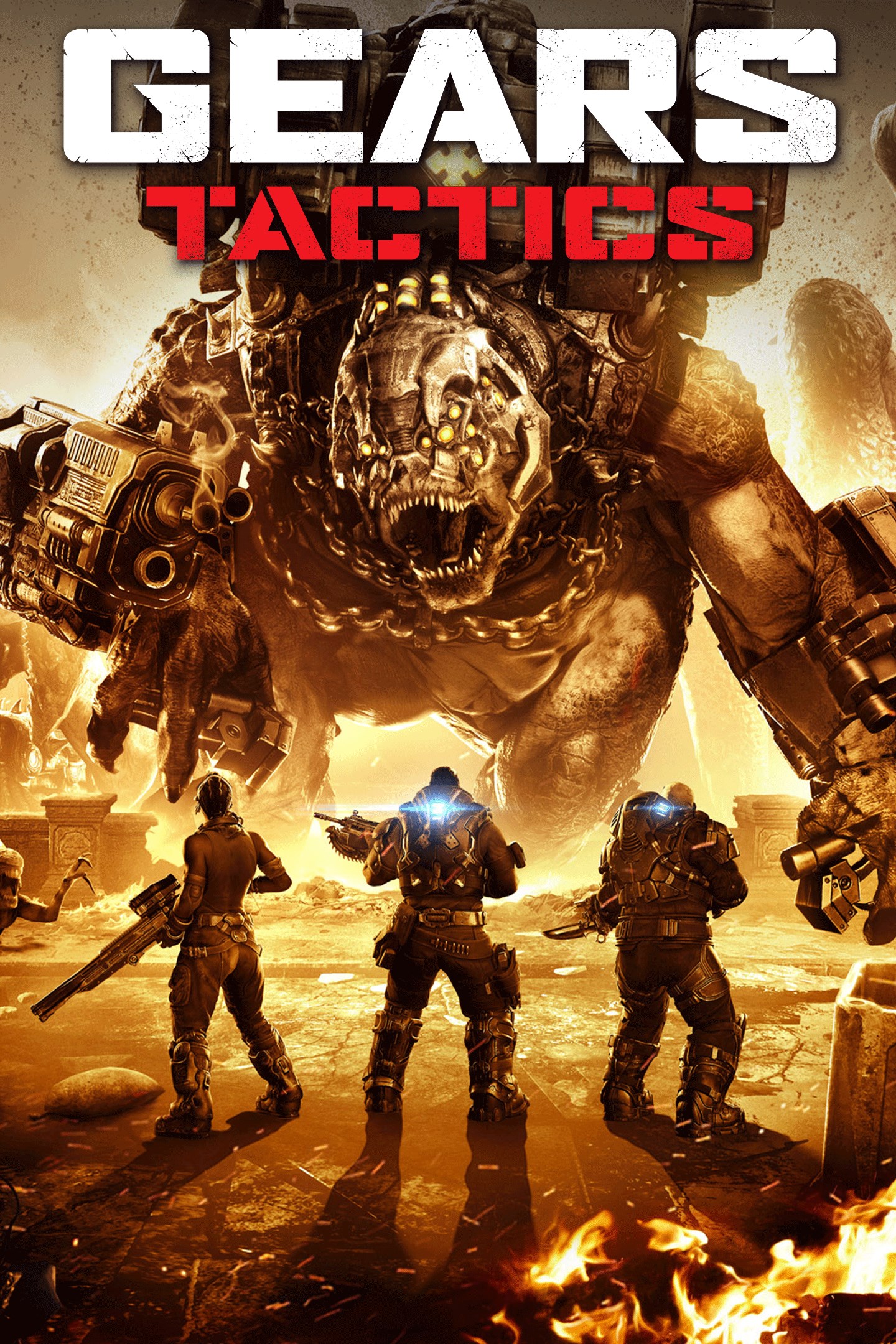Dragon Fruit in Roblox: The Economics of Seed Rarity
Introduction
In the vast virtual universe of Roblox, games like Blox Fruits and Adopt Me! have introduced unique in-game economies where rare items dictate player status, trading dynamics, and even real-world value. Among these, the Dragon Fruit stands out as one of the most sought-after virtual commodities. But what makes it so valuable? This article explores the economics of seed rarity in Roblox, analyzing how scarcity, demand, and player behavior shape the market for Dragon Fruit.
Understanding Dragon Fruit in Roblox
Dragon Fruit is a rare in-game item found in various Roblox experiences. In Blox Fruits, it grants players powerful abilities, while in farming simulators like Adopt Me!, it may serve as a high-value trade item. Its rarity varies depending on the game mechanics:
- Blox Fruits: Obtained through random fruit spawns or trading.
- Adopt Me!: Acquired via limited-time events or premium purchases.
Because of its scarcity, Dragon Fruit often becomes a status symbol, influencing player interactions and in-game economies.
The Role of Rarity in Virtual Economies
1. Supply and Demand Dynamics
Like real-world economics, Roblox items follow basic supply-demand principles. Dragon Fruit’s rarity means fewer seeds or fruits are available, increasing demand. Players who own it gain competitive advantages (in combat games) or social prestige (in role-playing games).
2. Artificial Scarcity
Game developers intentionally limit Dragon Fruit spawn rates to:
- Encourage prolonged gameplay.
- Drive microtransactions (players buying in-game currency for rare items).
- Sustain trading ecosystems.
3. Black Markets and Real-World Value
Due to high demand, unofficial trading platforms (Discord, eBay) sometimes facilitate real-money transactions for Dragon Fruit. This creates risks like scams, but it also highlights how virtual items can hold tangible economic value.

Player Behavior and Market Trends
1. Hoarding and Speculation
Some players stockpile Dragon Fruits, anticipating future price surges. This mirrors real-world speculative trading, where investors buy assets expecting increased value.
2. Trading Strategies
Experienced traders use tactics like:
- Lowballing: Offering less valuable items to inexperienced players.
- Bundling: Combining multiple mid-tier items for one Dragon Fruit.
- Event Exploitation: Buying during limited-time drops and reselling later.
3. Community Influence
YouTube and TikTok trends can skyrocket or crash Dragon Fruit’s perceived value overnight. A viral video showcasing its power may spike demand, while a game update introducing easier access could devalue it.
The Ethical and Economic Implications
1. Pay-to-Win Concerns
If Dragon Fruit is primarily obtainable via Robux (premium currency), free-to-play users may feel disadvantaged, raising debates about fairness.
2. Scams and Trust Issues
Unregulated trading leads to fraud. Developers combat this with secure trade systems, but risks persist.
3. Long-Term Sustainability
If too many Dragon Fruits enter circulation (due to events or hacks), inflation occurs, reducing their worth. Game economies must balance rarity with accessibility.
Conclusion
Dragon Fruit in Roblox exemplifies how virtual scarcity shapes player-driven markets. Its value isn’t just in its in-game utility but in the psychological and economic behaviors it triggers. Whether as a combat enhancer or a trading commodity, Dragon Fruit’s rarity cements its place in Roblox’s digital economy—proving that even in virtual worlds, supply, demand, and human nature dictate worth.


















